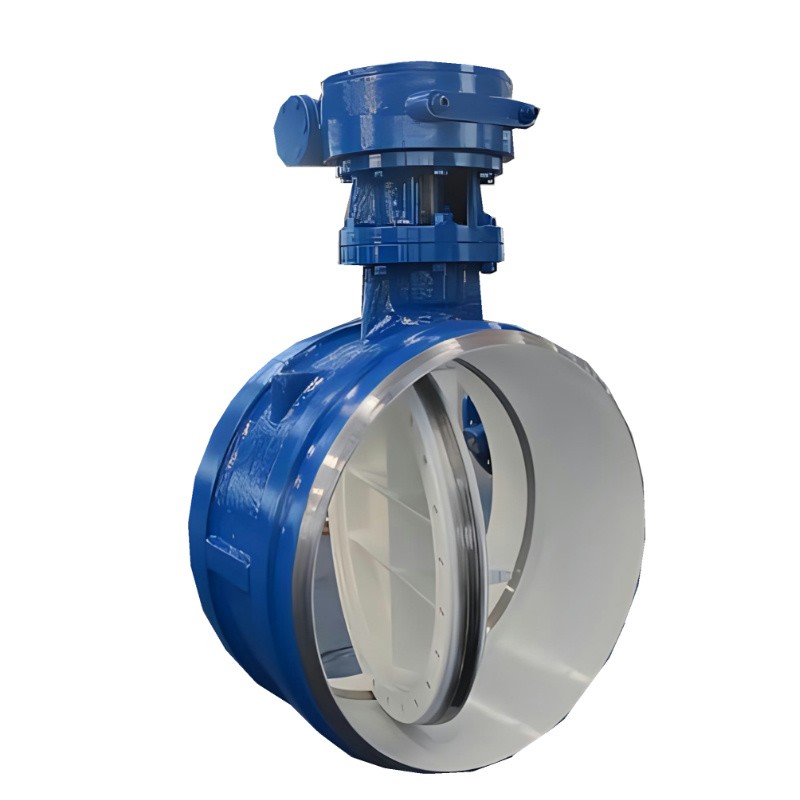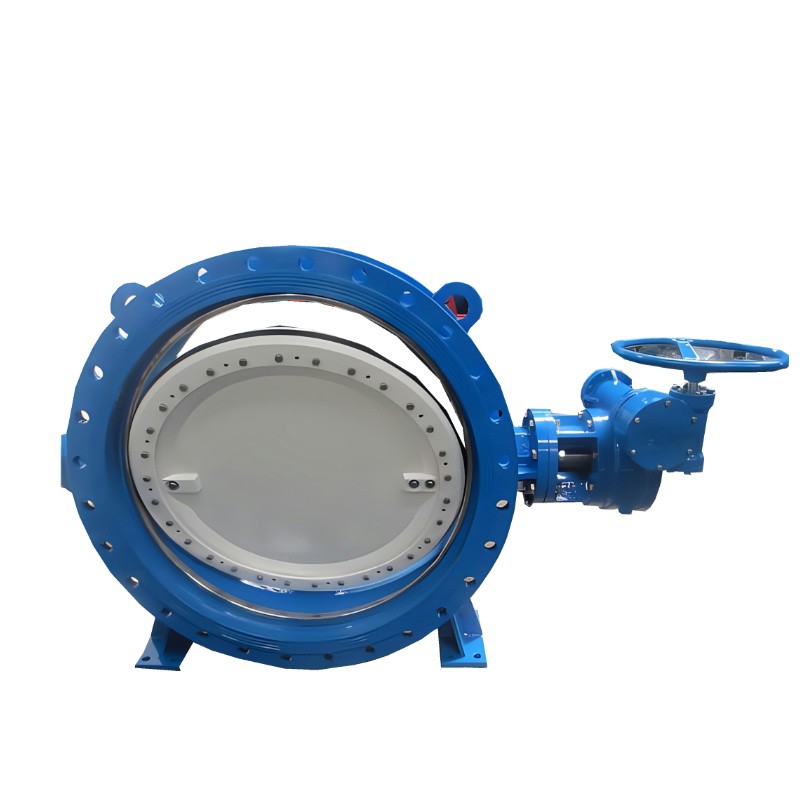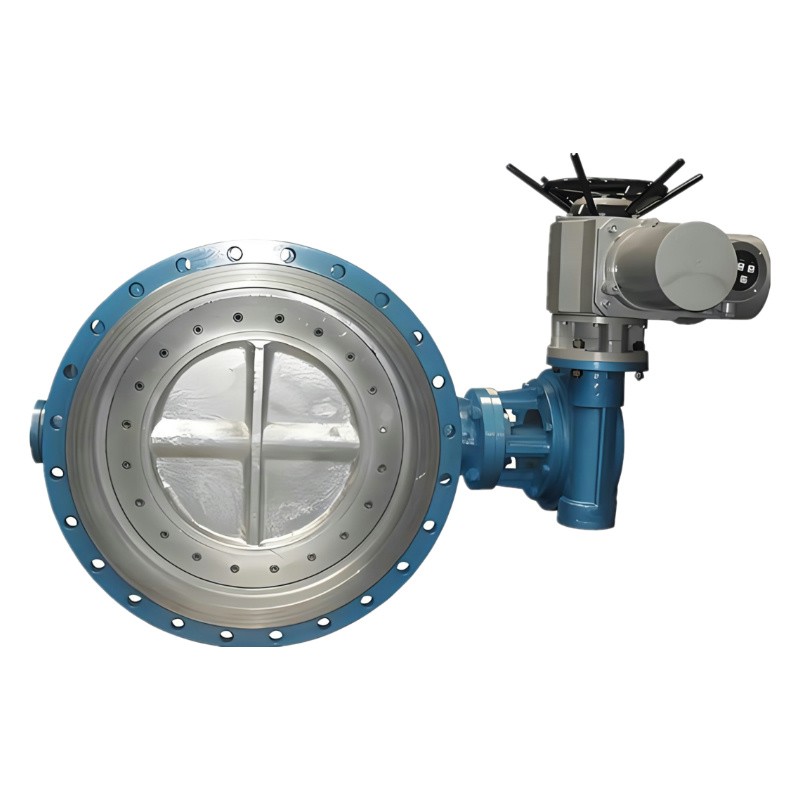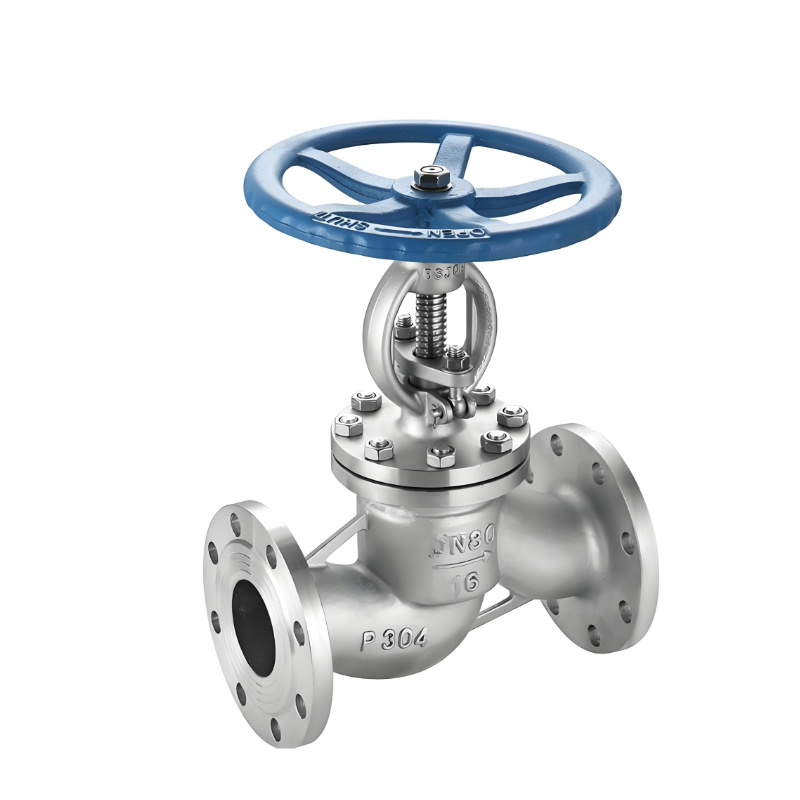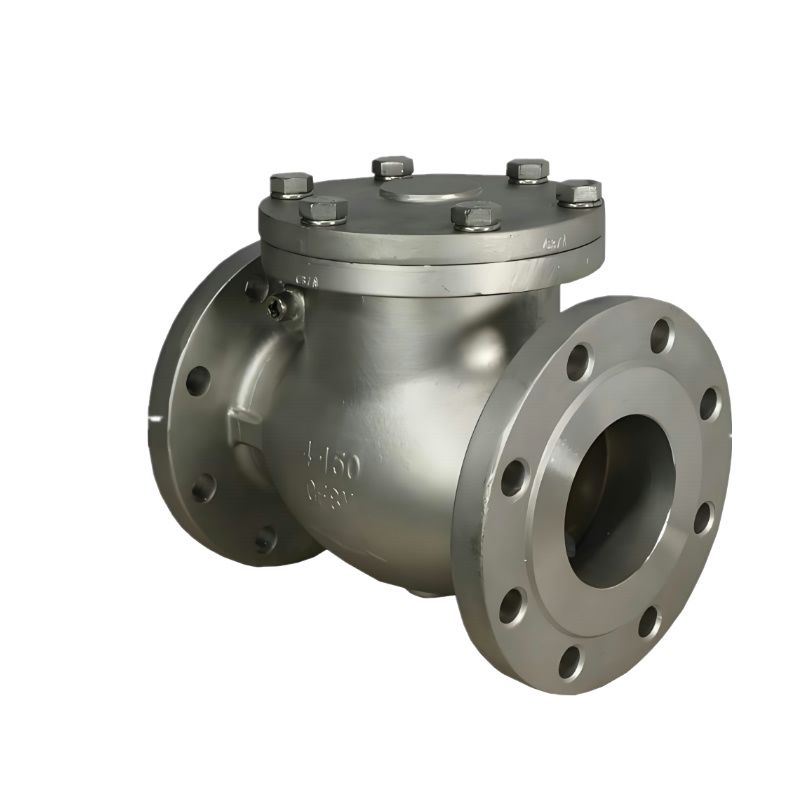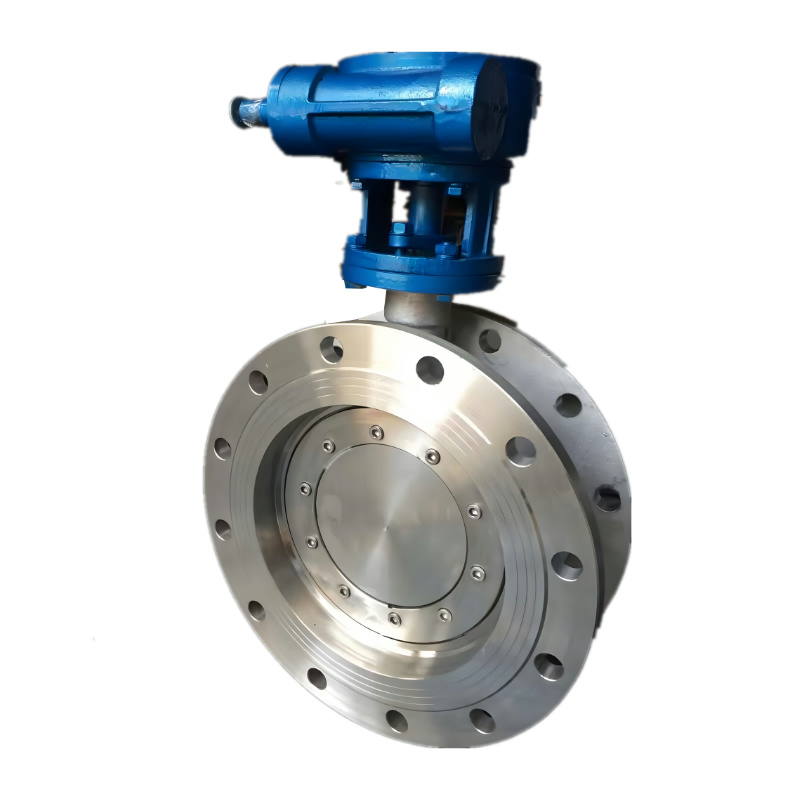Butt Weld Triple Offset Butterfly Valve
Introduction
This article contains all the information you need to know about Butt Weld Triple Offset Butterfly Valve
Read further and learn more about:
Specification
Actuators
Features
Application
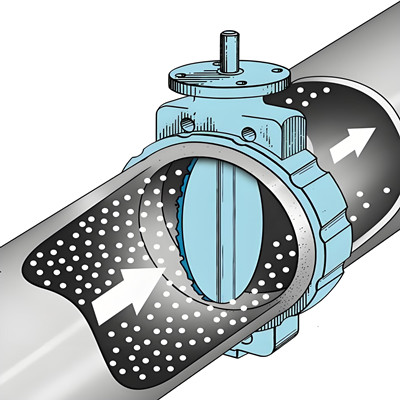
Chapter 1 - Butt Weld Triple Offset Butterfly Valve Specification
Here's a typical specification for a butt weld triple offset butterfly valve:
Body Material
Typically constructed from carbon steel, stainless steel, or other suitable materials for the intended application. Common materials include ASTM A216 WCB, ASTM A351 CF8M, ASTM A352 LCB, ASTM A217 WC6, etc.
Disk Material:
The disc may be made of the same material as the body or may have a different material for corrosion resistance or other specific requirements. Common disc materials include stainless steel, duplex stainless steel, nickel alloy, and others.
Seat Material:
Triple offset butterfly valves feature a metal-to-metal sealing design, with the seat made of metal or hard alloy materials such as stainless steel, Stellite, or Inconel. This design provides reliable sealing even under high-temperature and high-pressure conditions.
Valve Size
Available in various sizes typically ranging from 2" to 48" (larger sizes may be available upon request).
Pressure Rating
ANSI Class 150, 300, 600, or higher, indicating the maximum pressure the valve can withstand. The selection of pressure rating depends on the specific application requirements.
Temperature Range
The valve should be suitable for operating temperatures ranging from -29°C to 650°C (-20°F to 1202°F) or higher, depending on the seat and disc materials selected.
Connection Type
Butt weld triple offset butterfly valves feature butt weld ends, allowing them to be welded directly to the piping system without the need for additional flanges. They are suitable for applications where space is limited or where welded connections are preferred.
Design Standards:
The valve design should comply with industry standards such as API 609, MSS SP-68, or AWWA C504 for construction, design, and testing requirements specific to butterfly valves. The triple offset design ensures tight shut-off and minimal seat wear, providing long-term reliability in critical applications.
Testing Standards:
The valve should be tested and certified to industry standards such as API 598, API 609, or EN 12266 for performance, leakage, and integrity specific to butterfly valves.
Compliance:
The valve should comply with relevant industry standards and regulations such as ASME, ANSI, API, ASTM, MSS-SP, and others, depending on the application and location.
Chapter 2 - Butt Weld Triple Offset Butterfly Valve Actuator
The actuator for a butt weld triple offset butterfly valve depends on the specific requirements of the application, including factors such as valve size, operating pressure, temperature range, and control system preferences. Here are some common types of actuators used with butt weld triple offset butterfly valves:
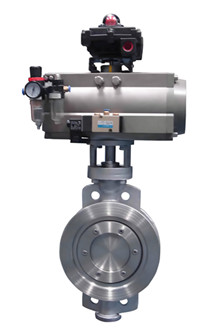
Pneumatic Actuator:
Pneumatic actuators use compressed air to operate the valve. They are suitable for applications where quick response times, reliable operation, and remote control are required. Pneumatic actuators offer precise control over valve positioning and can be easily integrated into control systems. They are commonly used in industries such as oil and gas, petrochemicals, power generation, and water treatment.

Electric Actuators:
Electric actuators use an electric motor to operate the valve. They offer precise control over valve positioning and can be easily automated for remote operation. Electric actuators are suitable for applications where continuous modulation, positioning accuracy, and reliability are required. They are commonly used in industries such as HVAC, process automation, and water management.
Hydraulic Actuators:
Hydraulic actuators use hydraulic fluid to operate the valve. They offer high force output and precise control over valve movement, making them suitable for high-pressure and high-torque applications. Hydraulic actuators are commonly used in industries such as marine, offshore, and heavy machinery, where reliable and powerful valve actuation is required.
Spring-Return Actuators:
Spring-return actuators use a spring mechanism to return the valve to a predefined position when power or pressure is removed. They are commonly used in safety-critical applications where fail-safe operation is required, such as emergency shutdown systems. Spring-return actuators provide reliable valve positioning in the event of power failure or emergency situations.
Chapter 3 - Butt Weld Triple Offset Butterfly Valve Features
Double flange triple offset butterfly valves are primarily differentiated based on their construction, materials, and design features. Here are some common types of double flange triple offset butterfly valves:
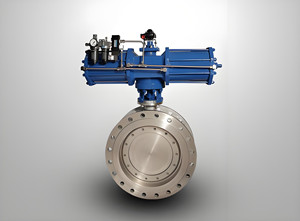
Triple Offset Design:
Butt weld triple offset butterfly valves feature a triple offset design, which means that the axis of rotation for the valve seat, disc, and shaft are offset from each other. This design eliminates friction between the sealing surfaces during operation, reducing wear and ensuring tight shut-off even after repeated cycles.
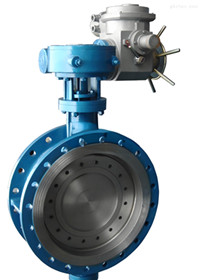
Butt Weld Ends:
These valves have butt weld ends, allowing them to be directly welded to the piping system without the need for additional flanges. Butt weld connections provide a smooth, leak-proof transition between the valve and the pipeline, enhancing reliability and minimizing potential leak points.
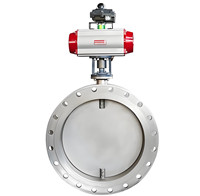
Metal-to-Metal Sealing:
Butt weld triple offset butterfly valves typically feature a metal-to-metal sealing mechanism between the disc and the seat. This type of sealing ensures bubble-tight shut-off, even in high-pressure and high-temperature applications, and provides resistance to wear, corrosion, and erosion.
High-Performance:
These valves are designed for high-performance applications where reliable sealing and precise control are essential. They offer excellent throttling capabilities, minimal pressure drop, and long-term durability, making them suitable for critical processes in industries such as oil and gas, petrochemicals, power generation, and refining.
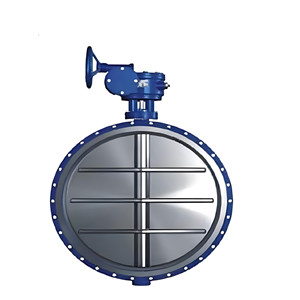
Corrosion Resistance:
Butt weld triple offset butterfly valves are available in a variety of materials, including carbon steel, stainless steel, duplex stainless steel, and other corrosion-resistant alloys. This allows them to be used in corrosive environments where resistance to chemical attack is crucial.
Fire Safe Design:
Some butt weld triple offset butterfly valves are designed to meet fire safety standards, ensuring that they maintain their sealing integrity even in the event of a fire. These valves feature special construction materials and design features to withstand high temperatures and maintain tight shut-off during fire emergencies.
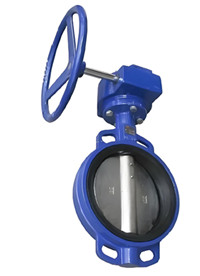
Versatility:
Butt weld triple offset butterfly valves are versatile and can be used in a wide range of applications, including isolation, regulation, and throttling of various fluids such as water, steam, oil, gas, and chemicals. They are commonly used in pipelines, process equipment, storage tanks, and other critical systems.
Chapter 4 - Butt Weld Triple Offset Butterfly Valve Application
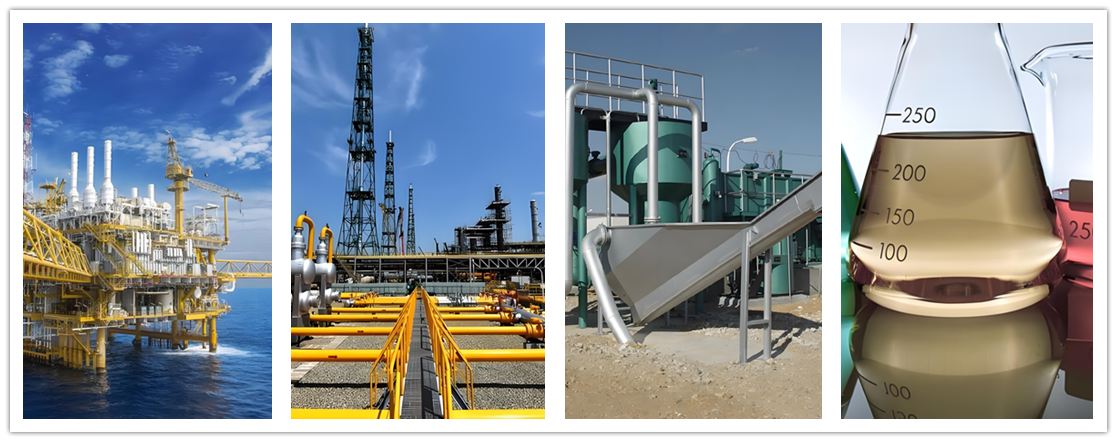
Butt weld triple offset butterfly valves find application in a wide range of industries and systems where reliable flow control, tight shut-off, and resistance to demanding operating conditions are required. Here are some common applications:
Oil and Gas Industry:
Butt weld triple offset butterfly valves are widely used in the oil and gas industry for various applications, including pipeline isolation, flow control, and process regulation. They are employed in upstream, midstream, and downstream operations, including refining, petrochemical processing, pipeline transportation, and storage facilities.
Chemical Processing:
In chemical processing plants, butt weld triple offset butterfly valves are used for handling corrosive chemicals, acids, and aggressive media. They are installed in reactors, distillation columns, storage tanks, and process pipelines to control the flow of fluids during production, mixing, and transportation. These valves offer reliable sealing and resistance to chemical corrosion.
Power Generation:
Butt weld triple offset butterfly valves play a critical role in power plants for regulating the flow of steam, water, and other fluids in boiler feedwater systems, steam turbines, condensers, and cooling circuits. They help maintain efficient heat transfer, steam distribution, and cooling water flow in power generation processes.
Refining and Petrochemicals:
In refining and petrochemical plants, butt weld triple offset butterfly valves are utilized for controlling the flow of various fluids, including crude oil, refined products, chemicals, and gases. They are installed in process units, storage tanks, and distribution systems to ensure reliable operation and safety.
Water and Wastewater Treatment:
Butt weld triple offset butterfly valves find application in water and wastewater treatment plants for controlling the flow of water, chemicals, and sludge. They are used in pipelines, treatment tanks, and filtration systems to regulate fluid flow and maintain process efficiency. These valves offer resistance to corrosion and chemical attack, ensuring reliable performance in water treatment applications.
Marine and Offshore:
Butt weld triple offset butterfly valves are employed in marine and offshore applications for controlling the flow of seawater, ballast water, and hydraulic fluids. They are installed in piping systems aboard ships, offshore platforms, and marine vessels to regulate fluid flow and maintain system reliability in challenging marine environments. These valves offer resistance to corrosion, erosion, and fouling, making them suitable for marine applications.


